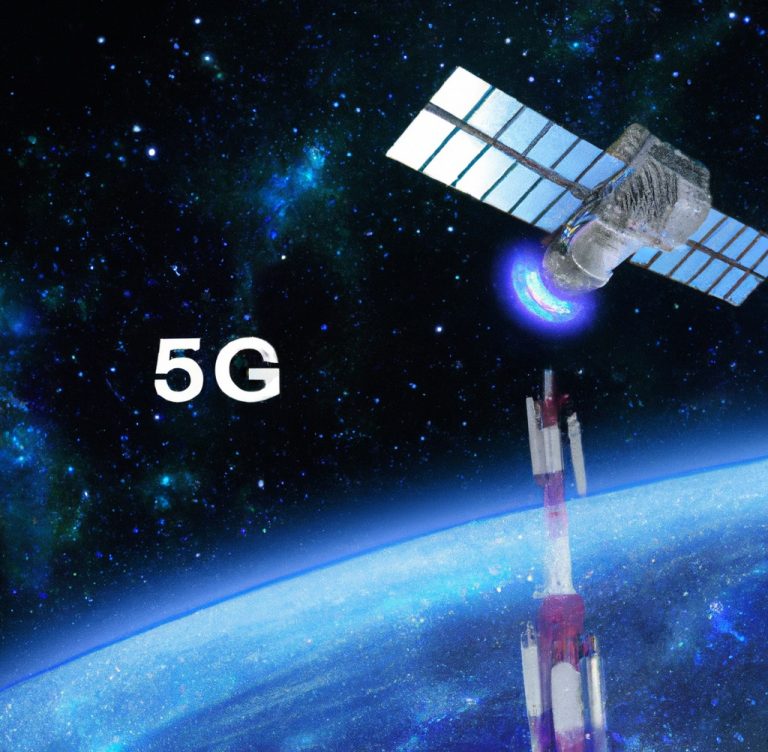It uses a combination of different technologies to achieve these improvements, including millimeter-wave frequencies, small cells, and beamforming.
Millimeter-wave frequencies are higher frequency radio waves that can carry more data than the lower frequency waves used in previous generations of technology. This is because they have a shorter wavelength, which allows more data to be carried in a given amount of time. However, millimeter-wave frequencies have limited range and are easily blocked by obstacles such as buildings and trees. To overcome this limitation, 5G networks use a technique called beamforming.
Beamforming allows 5G networks to direct signals towards specific devices, improving network efficiency and reducing interference. Instead of broadcasting signals in all directions, 5G networks focus the signals towards the devices that need them. This means that devices can receive signals even if they are far away from the 5G base station or there are obstacles in the way.
Small cells are smaller base stations that can be placed closer together than traditional cell towers, providing more comprehensive coverage and increased capacity. This is important for 5G networks because millimeter-wave frequencies have a shorter range than the lower frequency waves used in previous generations of technology. By placing small cells closer together, 5G networks can provide more comprehensive coverage and increased capacity, which is necessary for delivering the promised speeds and low latency.
5G networks also use advanced modulation and coding techniques to maximize the amount of data that can be carried over the airwaves. These techniques allow more data to be carried in a given amount of time, which is necessary for delivering the promised speeds of 5G technology.

